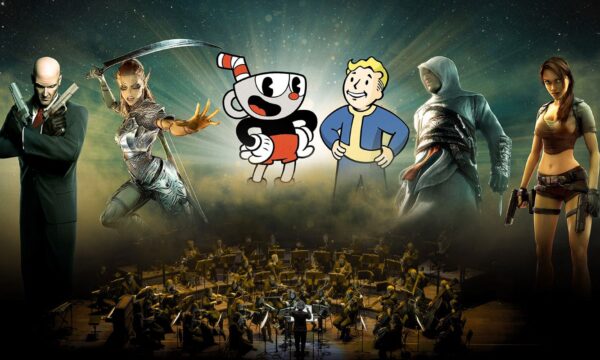Little White Lies contributor Kambole Campbell charts the evolution of the popular SuperHero genre.
With the popularity of Wonder Woman, Logan, Spider-Man: Homecoming (2017) and the looming releases of Thor: Ragnarok and Black Panther, it seems that we’re in the next phase of superhero storytelling in film, as the genre opens up to a new demographic as well as a newfound focus on giving each hero a distinct voice and backdrop.
For the quickest insight into how superhero cinema has evolved during the 21st Century, these films are probably the best example of what has changed in this weird and wonderful genre since 2000.









